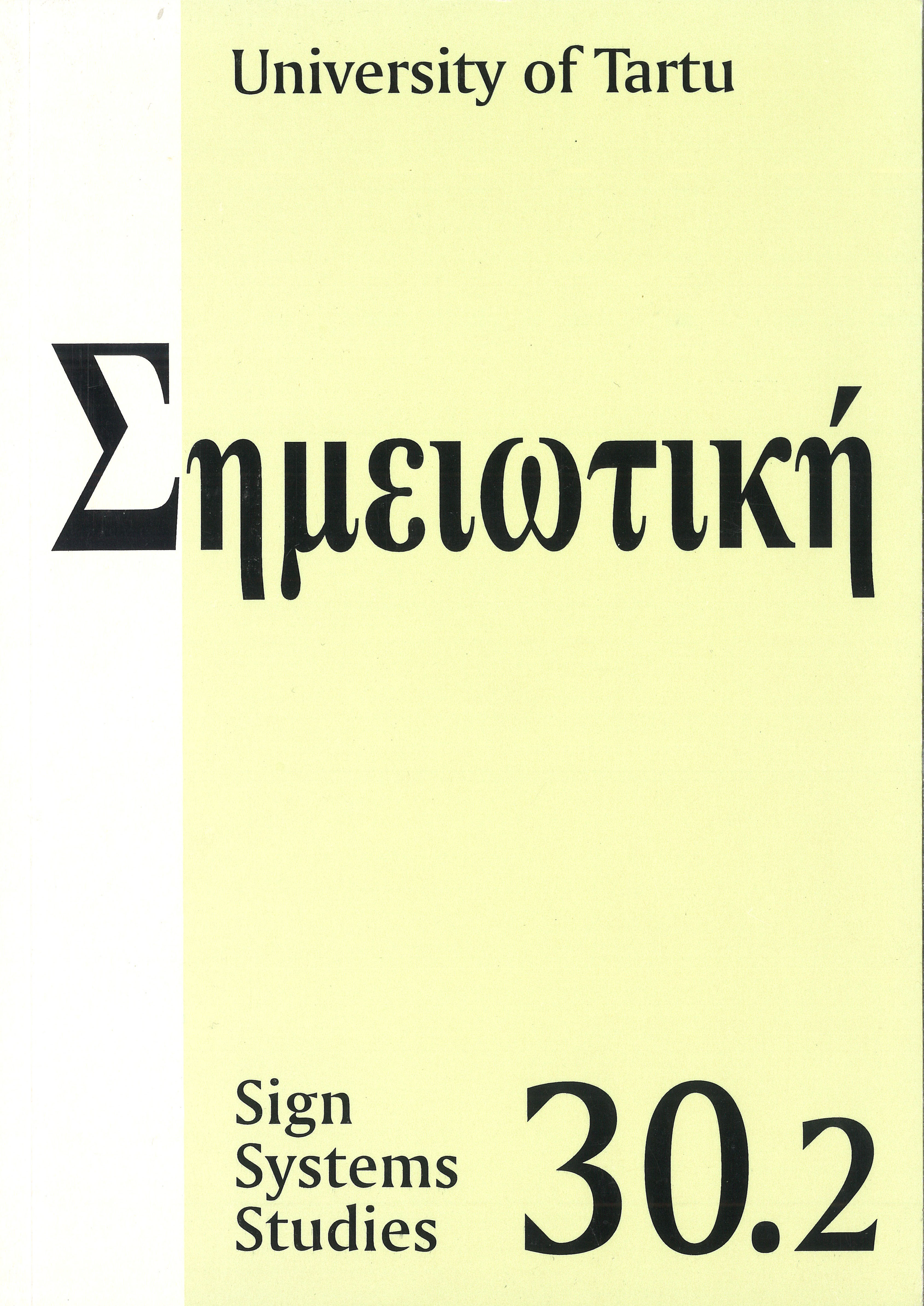Pure visual metaphor: Juri Lotman’s concept of rhetoric in fine arts
DOI:
https://doi.org/10.12697/SSS.2002.30.2.22Abstract
Salvador Dalí’s oilpainting Hallucination partielle. Six apparitions de Lénine sur un piano (1931) has been considered to be one of the most difficult works to interpret. O. Zaslavskii has analyzed it, using the sound of the words in title and the items depicted on the masterpiece, “the phonetic subtext”. Obviously, Zaslavskii’s interpretation is based on Osip Mandelstam’s poem “Grand piano” (1931), that in the context of Russian language associates the piano (pояль) with the French Revolution. Nevertheless, Zaslavskii’s final conclusion of the connections between Dalí’s painting and the French Revolution turns to be accurate, because it is possible to find iconographic parallels between Dalí’s “Partial hallucination…” and JacquesLouis David’s “The death of Marat” (1793). On at least four most significant oil paintings from the beginning of Dalí’s surreal period we can observe his “emblem of love and death” as the combination of fellatio and bleeding. Obviously, he understood in the same code also Marat’s murdering by the knife of a woman. This allows us to insist, that Dalí was inspired to paint “Partial hallucination…” by “The death of Marat”. The shadow of a grand piano on his painting “Diurnal illusion: the shadow of a grand piano approaching” (1931) directly bears the meaning of “terror” and “fear”. In such motif combination and graphic parallel, the complex cultural metaphoric relations of these two paintings can be viewed. This complex can be considered as rhetorical in the sense of Juri Lotman’s conception. But it is evidently a case of “pure visual metaphor”, not an illustration of verbal metaphors.


